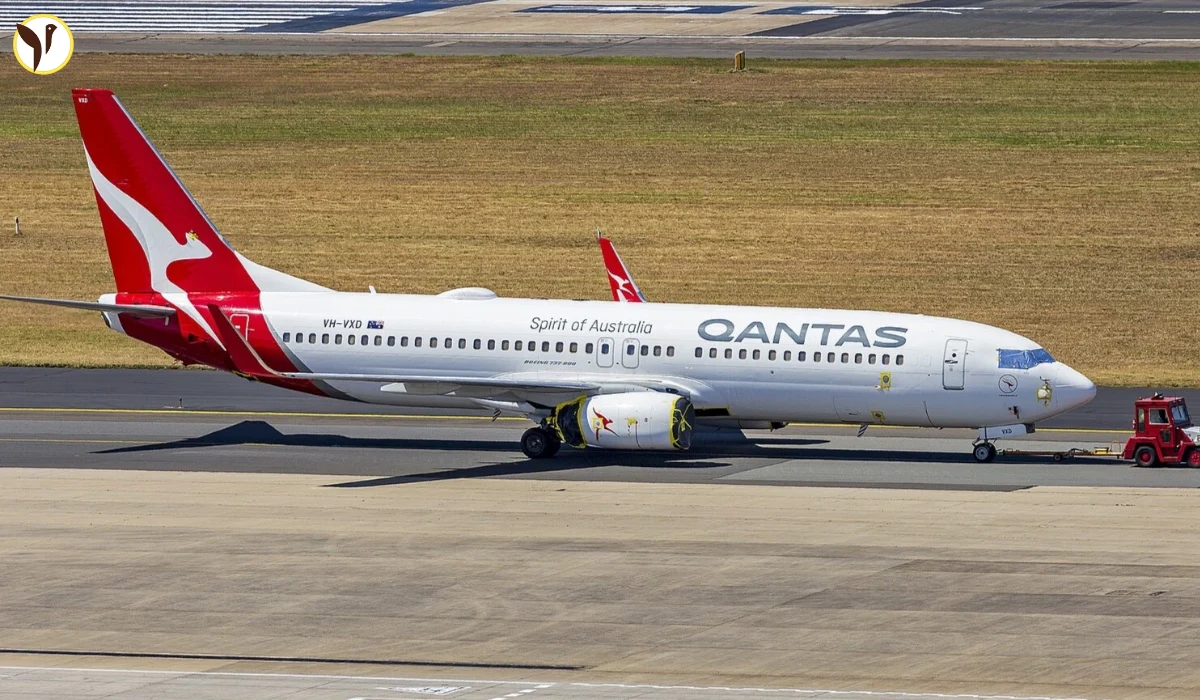Unexpected Turbulence Rocks Qantas Flight, Leaving Crew Injured
A Qantas flight from Sydney to Brisbane turned into a terrifying experience for three cabin crew members on May 4th, 2024. The unexpected severe turbulence, hitting just as the plane began its descent, left two with minor injuries – think facial trauma and concussion – and one with a fractured ankle. Honestly, it sounds absolutely awful.
A Shocking Descent and Communication Breakdown
The incident, as detailed in a recent Australian Transport Safety Bureau (ATSB) report, highlights some serious issues. The pilots anticipated mild turbulence, but that information never made it to the cabin crew. This lack of communication is a huge problem, especially when you consider the cabin crew were completely unprepared for the sudden, violent shaking.
Three of the four cabin crew were, unfortunately, unrestrained when the turbulence hit. They were doing their jobs – checking lavatories, making sure passengers were settled – standard pre-landing procedures. This underscores the risks involved even during seemingly routine tasks.
- The severity of the turbulence was underestimated.
- Crucial information wasn't shared between the flight deck and the cabin.
- The lack of restraints directly contributed to the injuries.
Even after the turbulence, things didn’t improve. The captain, understandably focused on landing safely, twice instructed everyone to sit down and buckle up. But four people – two cabin crew, an off-duty crew member, and a traveling doctor – stayed with the injured crew member in the back galley. The customer service manager did alert the captain that the cabin wasn’t fully secured, but the captain doesn't recall that communication.
Medical Gaps and Qantas' Response
The aftermath exposed even more problems. While the most seriously injured crew member got immediate medical attention in Brisbane, the other two didn't receive any assessment until much later. One self-diagnosed a facial injury the next day; the other continued flying with a concussion, completely unaware. This is frankly alarming.
Qantas has since taken action, implementing new procedures. These include mandatory consultations with an on-call doctor after any significant crew injury and mandatory fitness assessments before injured crew members return to work. It's a much-needed step to address these serious safety gaps.
A Wake-Up Call for the Industry
The ATSB report isn't just about this one Qantas flight. It's a stark reminder of how frequent and how dangerous turbulence can be, especially for cabin crew. Statistics show that almost 80% of serious turbulence-related injuries happen to cabin crew, often during landing preparations. The need for clear, constant communication between pilots and cabin crew is vital. This incident emphasizes that the safety of everyone onboard relies on effective and consistent communication protocols throughout the entire flight.
Looking Ahead
This Qantas incident is a serious wake-up call. While Qantas is taking steps to improve its procedures, the broader aviation industry needs to take note. Open communication and thorough protocols are not just good practice; they’re crucial for preventing similar incidents in the future. Improving communication and safety procedures in the airline industry is essential, and the industry needs to remain vigilant in this respect to protect their crew and passengers.









